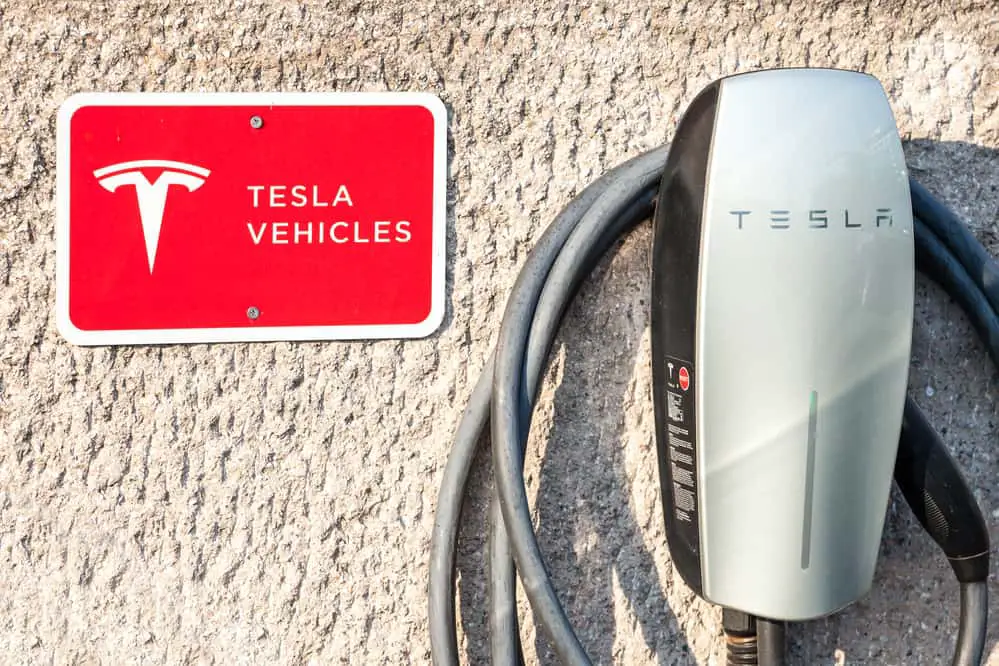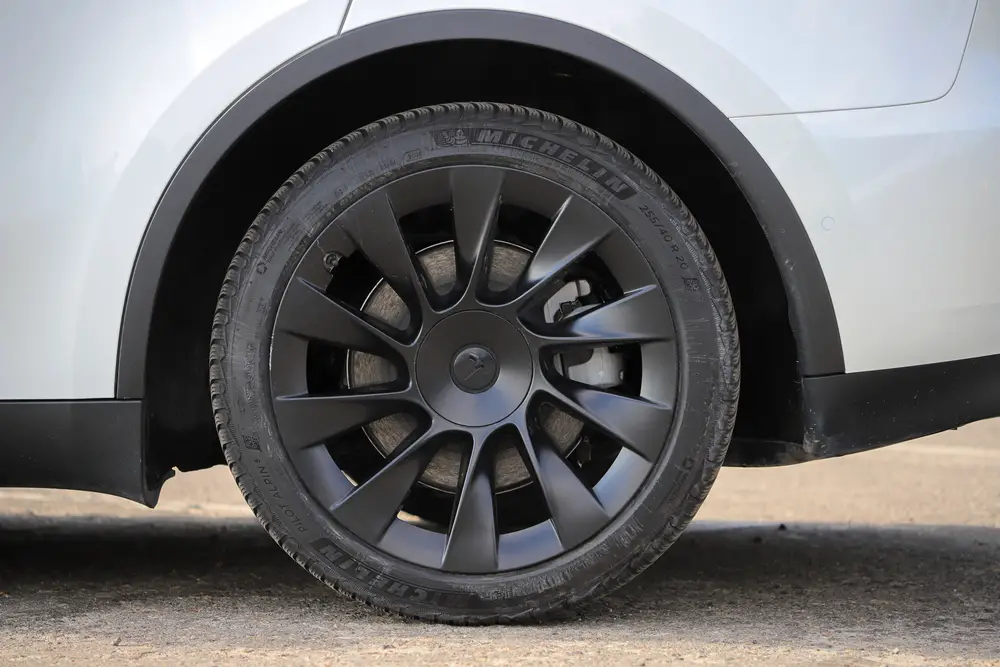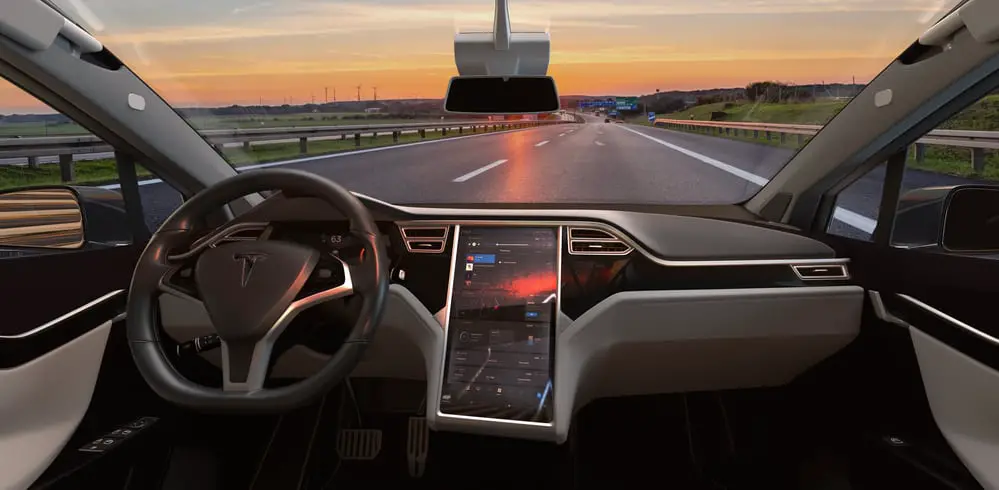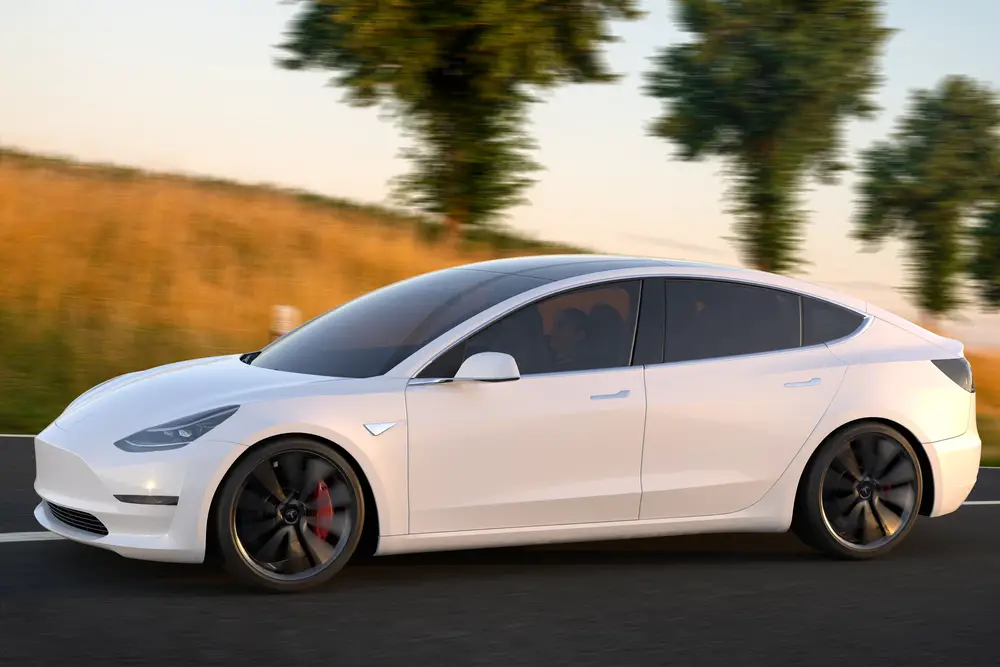Owning a Tesla has become a symbol of innovation, environmental consciousness, and luxury.
With their sleek designs and cutting-edge technology, Teslas have gained a significant following and the admiration of countless auto enthusiasts.
As you weigh your options, consider factors such as the cost of maintenance, the availability of charging stations, and potential range anxiety.
Additionally, Tesla’s reliance on technology could pose some challenges, and resale value might not be as high as you’d expect. These concerns may help inform your decision-making process when considering a Tesla as your next vehicle.
High Purchase and Ownership Cost
Steep Price
When considering purchasing a Tesla, it’s important to be aware of the high initial investment. While the Tesla Model 3 and Model Y are marketed as more affordable options, their prices can still be considerably higher than other vehicles in their respective categories.
For example, the base price of a Model 3 starts at around $39,000, and the Model Y begins at around $52,000.
The more prestigious Model S and Model X come with even higher price tags, ranging from $90,000 to over $130,000.
It’s essential to take into account not only the initial purchase price but also any customization or additional premium features you may want, which can add to the overall cost.
Insurance
Another aspect of Tesla ownership to consider is the potential for higher insurance rates. Since the vehicles are considered luxury cars and have specialized parts, insurance providers may quote higher premiums.
Additionally, Teslas can be expensive to repair due to their advanced technology and the limited availability of replacement parts. These high repair costs may be reflected in your insurance premiums.
While financing a Tesla can help to make the initial price more manageable, it’s crucial to factor in the long-term costs associated with insurance and any potential costly repairs. As a prospective owner, it’s essential to thoroughly research and compare insurance quotes before committing to purchasing a Tesla.
Charging Limitations

Range
Though Tesla vehicles have made significant advancements in electric vehicle (EV) range, it is still possible that you may face battery limitations on long trips or when driving in extreme conditions.
Your Tesla’s range will vary, particularly when impacted by factors such as temperature, driving style, and terrain. It is essential to be aware of these limitations and plan your trips accordingly to avoid draining the battery completely.
Charging Time
Charging your Tesla can take longer than filling up a traditional gas-powered vehicle. The time it takes depends on your Tesla model, battery size, and the charging source.
Even using a Supercharger, you might need 20-40 minutes to recharge your Tesla significantly. This extra time can create inconvenience during road trips or when you need to charge in a hurry.
Availability of Charging Stations
Tesla’s Supercharger Network is continuously expanding, but there are still areas where charging stations are sparse or even lacking altogether.
While planning long-distance trips, you need to take charge station locations into account. In areas where Tesla Superchargers are not available, you might have to rely on third-party charging stations like Electrify America, which might not have the same charging speed as Tesla Superchargers.
Home Charging
For daily use, most Tesla owners choose to charge their vehicleS at home. While convenient, there are still potential drawbacks to consider. Upfront installation costs for a home charging system can be high, especially if your electrical system requires upgrades.
Additionally, regular home charging can impact your electric bill, particularly if your area has high energy costs or peak demand charges. It’s important to weigh these factors when considering Tesla ownership.
Service and Repair Concerns

Maintenance
As a Tesla owner, you may have concerns about maintenance. Since electric vehicles (EVs) have fewer moving parts than traditional combustion engine vehicles, they generally require less maintenance.
However, some Tesla-specific maintenance tasks, like battery coolant changes, could be more expensive and require specialized knowledge from Tesla service centers.
Parts Availability
You might find that the availability of repair parts can be a challenge. While Tesla continues to expand its supplier network, parts shortages can occur, leading to longer repair times.
This can be frustrating for Tesla owners, especially when compared to the more immediate availability of spare parts for traditional vehicles.
Dealership Network
Owning a Tesla means that your dealership and service network may be smaller than what you are used to with more conventional vehicles. Although Tesla is working to expand its service center network, some locations lack nearby facilities.
As a result, you might need to travel a significant distance to reach an authorized service center, adding an inconvenience that other vehicle owners may not encounter.
Loaner Vehicles
While Tesla does offer loaner vehicles to customers whose cars are being serviced, the availability and quality of these vehicles vary. Sometimes, you may receive a lower-spec model or another type of vehicle altogether.
Additionally, depending on the service center’s workload, you might be placed on a waiting list for a loaner vehicle, further increasing your inconvenience during the repair process.
Technological Issues
Software Updates
As a Tesla owner, you might face some challenges with the technology. One aspect to consider is the software updates. Although these updates are designed to improve performance and introduce new features, they may also cause unexpected issues.
For instance, some Model 3, Model S, and Model X owners have reported a decrease in the electric car’s range and power efficiency following an update. In addition, software updates might cause temporary inconvenience when they require your attention or vehicle downtime.
Autopilot Bottlenecks
Another aspect to consider is the Autopilot system, which relies on advanced self-driving technology. While this feature provides a level of convenience and safety when it works well, there can be bottlenecks, particularly with new software updates.
As a Tesla owner, you need to be aware of the limitations and potential risks of the Autopilot system. Some users have reported instances of unexpected behavior, such as sudden braking or swerving, which could pose a risk on the road.
App Functionality
Lastly, owning a Tesla means relying on the Tesla Mobile App for many essential vehicle functions. While the app provides remote access to features like climate control, charging, and vehicle status, users have experienced various issues affecting its functionality.
Model 3, Model S, and Model X owners have reported instances of the app becoming unresponsive, inaccurate vehicle status information, or difficulty logging in.
In conclusion, while Tesla vehicles offer an array of innovative technology and features, it’s essential to be aware of the potential technological issues you might encounter as an owner.
This includes software updates, limitations of the Autopilot system, and occasional app functionality problems. By understanding these challenges, you can make a more informed decision about whether a Tesla is the right choice for you.
Environmental Considerations
Battery Degradation
It’s important to recognize that the batteries in your Tesla automobile, like all batteries, experience degradation over time. Like other electric vehicles, Teslas use lithium-ion batteries, which eventually lose their ability to store energy effectively.
While Tesla has made strides in extending the life of their batteries, you may still see a decrease in range and performance as your battery ages.
In addition to the degradation of the batteries themselves, the process of recycling and disposing of old batteries can pose environmental challenges.
While companies are working on more eco-friendly recycling techniques, current methods can have harmful environmental effects.
Impact of Battery Mining
To truly understand the environmental considerations of owning a Tesla or any other electric car, it is important to look at the materials required to produce its batteries. The extraction of minerals, such as lithium, cobalt, and nickel, used in electric vehicle batteries has a significant ecological impact.
Mining operations for these minerals can lead to habitat destruction, soil and water contamination, and increased greenhouse gas emissions. Moreover, some mining practices in certain countries have raised human rights concerns, as they are often linked to child labor and poor working conditions.
While Tesla and other electric car manufacturers are working to source minerals responsibly and develop more sustainable battery technologies, it is important for you to be aware of the existing environmental impact associated with battery mining.
Comparison to Gasoline and Luxury Vehicles
Gas Prices vs. Electric Charging
When comparing Teslas to traditional gasoline cars, one major difference is fueling costs. Gas prices can be volatile and sometimes expensive. On the other hand, electric charging, especially at home, can be more affordable.
However, public charging stations might have varying costs. While some Tesla owners benefit from free Supercharger access, others might encounter higher electricity rates.
Comparison to BMW and Mercedes
When it comes to luxury competitors, BMW and Mercedes stand out. Both brands have a reputation for performance, comfort, and advanced features.
Teslas, particularly the Model S and Model Y, compete directly with these automakers’ offerings. In terms of efficiency, Teslas are hard to beat due to their impressive electric drivetrains.
However, when you compare fit and finish to traditional luxury vehicles, Mercedes and BMW may have an edge in perceived quality in some aspects. You should weigh the importance of electric efficiency against sheer luxury, depending on your preferences.
Depreciation
Depreciation is an important aspect to consider when purchasing a vehicle. Teslas, especially the Model 3, have shown relatively low depreciation compared to competitors.
However, it’s worth noting that the impact of tax credits on resale value can affect depreciation rates. Mercedes and BMW vehicles traditionally experience higher depreciation rates than Teslas.
Keep this in mind when comparing the long-term value of owning a Tesla to other luxury vehicles.
Unique Factors

Aesthetic Considerations
When considering a Tesla, one undeniable aspect is the attention to aesthetics. While the sleek design can be appealing, your personal preferences may not align with Tesla’s minimalistic look.
The interior can be polarizing with its primarily touch-based controls, creating a learning curve before you feel comfortable navigating its features.
Towing Capacity
In addition to design, Teslas may not meet all your requirements in terms of towing capacity. Although they can handle a certain level of towing, their performance is relatively modest compared to some gas-powered vehicles.
For example, Tesla Model X’s towing capability is up to 5,000 lbs, while many gas-powered SUVs offer higher capacities. Depending on your specific needs, this may be a downside to owning a Tesla.
Glass Roof
Lastly, one of the unique factors of Tesla vehicles is the panoramic glass roof. While many owners find this feature beautiful and enhances the driving experience, it might not suit your preferences.
The continuous glass roof may make you feel exposed or uneasy, especially if you’re used to more traditional car designs. Furthermore, although Tesla has extensively tested their glass roofs for durability, it’s still a possibility that the glass may be more susceptible to damage under certain conditions compared to a traditional metal roof.


